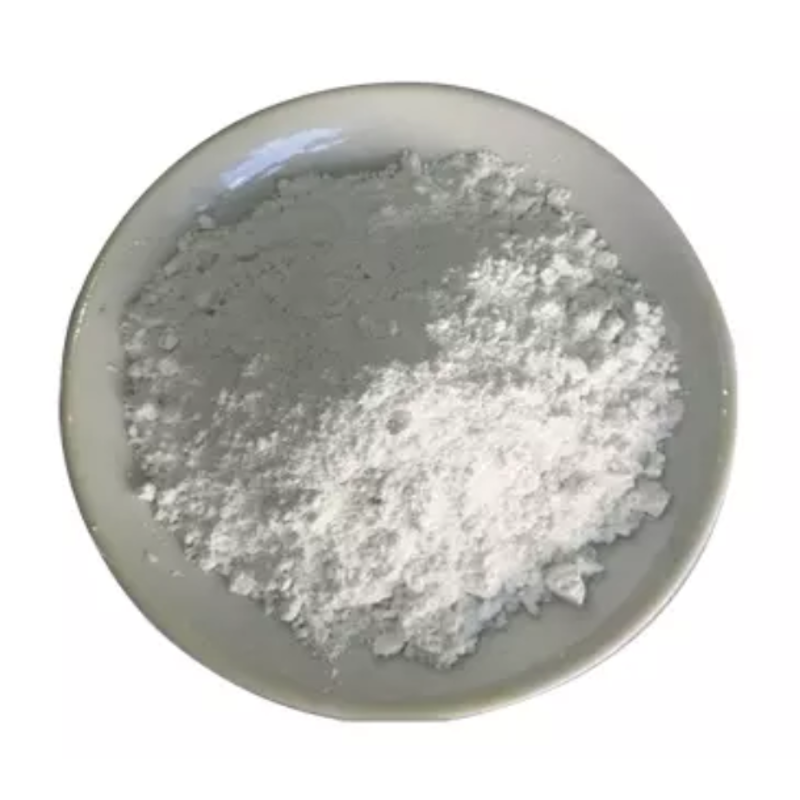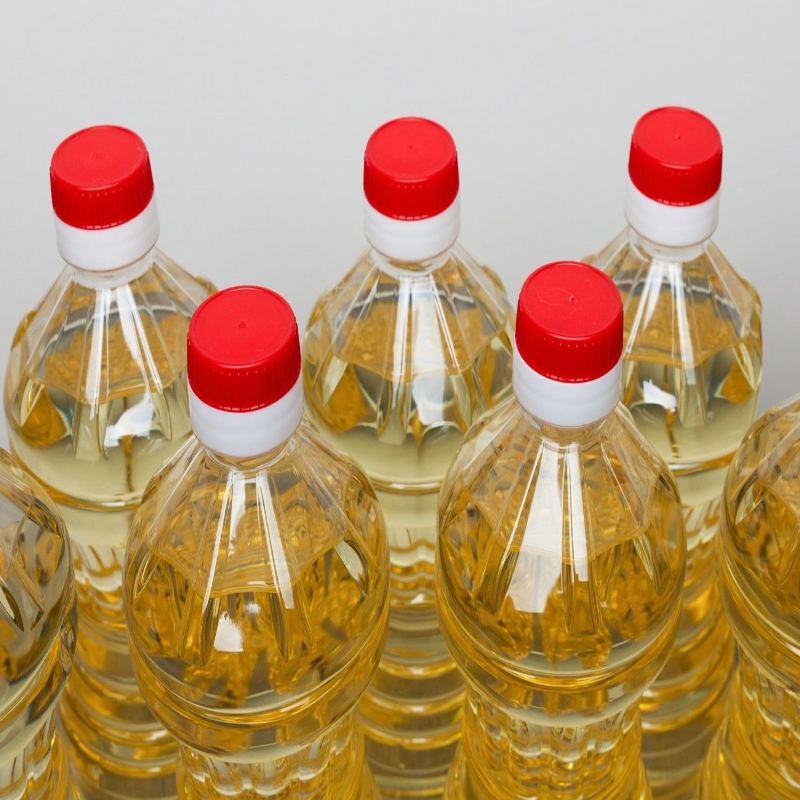-
Categories
-
Pharmaceutical Intermediates
-
Active Pharmaceutical Ingredients
-
Food Additives
- Industrial Coatings
- Agrochemicals
- Dyes and Pigments
- Surfactant
- Flavors and Fragrances
- Chemical Reagents
- Catalyst and Auxiliary
- Natural Products
- Inorganic Chemistry
-
Organic Chemistry
-
Biochemical Engineering
- Analytical Chemistry
-
Cosmetic Ingredient
- Water Treatment Chemical
-
Pharmaceutical Intermediates
Promotion
ECHEMI Mall
Wholesale
Weekly Price
Exhibition
News
-
Trade Service
A few days ago, the research team of Professor Han Beizhong of the School of Food Science and Nutritional Engineering of China Agricultural University published a cover review article entitled "Comprehensive Multi-omics Method to Understand the Assembly of Microorganisms in Mixed Starter Culture - Jiuqu" in the top journal "Review of Food Science and Food Safety" in the food field, which systematically discussed the assembly mechanism, research status and development direction
of the microbiome of Chinese koji 。 This review is a further introduction of Jiuqu, a traditional Chinese starter culture, which is helpful to promote national culture and expand more space for the development of traditional fermented foods in China, after the first special reviews of
Daqu and Baijiu (Baijiu) published in English for the first time in 2012 and 2016 respectively.
Koji has a long history as a traditional mixed culture starter culture for sake brewing and vinegar making, which is characterized by the rich fermentation function microorganisms contained in koji driven by the environmental factors of koji making to form a brewing microecology
integrating "bacteria", "enzyme system" and "material system".
Therefore, in today's highly industrialized fermented food industry, koji is still an irreplaceable saccharification and alcoholic starter culture
.
Due to the open spontaneous culture and storage mode, the microorganisms enriched in the koji are susceptible to environmental factors, coupled with the intermingling interaction between species, the quality of the koji is difficult to control
.
At present, the production of koji relies on extensive traditional experience and manual operation, and the problem of quality stability has not been solved
.
This review systematically introduces the status, limitations and development directions of koji microbiome research, and highlights the advantages and challenges
of integrating multi-omics strategies to decipher the mysteries of koji microbiome assembly.
In addition, the paper systematically introduces the types of koji, the production process and the factors
affecting the formation of microbial communities of koji.
The combination of multi-recombination technology and synthetic microbial community model to study the origin and assembly of koji bacteria is of great significance
for improving the quality and quality stability of koji.
The primary goal of the research is to develop targeted screening and transformation strategies to endow the core fermentation functional strains in koji with the ability to effectively use raw materials, moderate self-control of flavor metabolism, and adaptability to complex brewing environments
.
In addition, the use of rapid and precise absolute quantification of live microorganisms will further clarify the potential links
between the core functional microorganisms and characteristic metabolites in the koji.
While inheriting and developing the traditional koji manufacturing process, it is of great significance
to promote the concept of modern intelligent manufacturing process for the standardization and efficient production of koji.
How to use the rich information of big data to provide scientific and theoretical basis for the development of automation, intelligence, quality, safety control and other aspects of koji production process will become a major challenge
in the future research of traditional fermentation industry.
(Middle Agriculture)
China Food News (October 12, 2022, Version 04)
(Editor: Gao Na).







